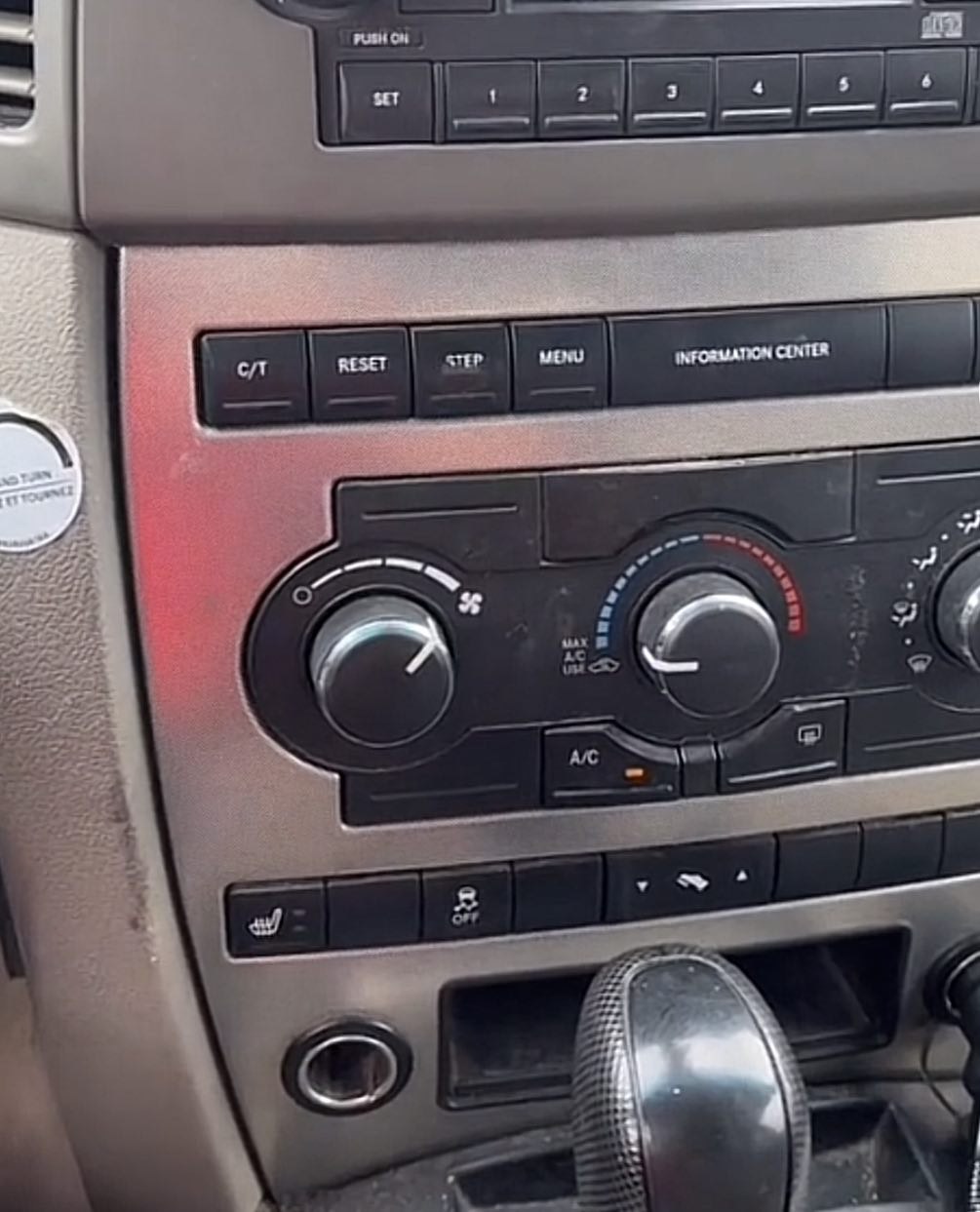Keeping your car air conditioning system clean and running smoothly is essential for keeping the air inside your car fresh and comfortable. Regular maintenance can clog your AC with dust, pollen, and other debris, making getting the cool air you need when temperatures soar easier. That’s why it’s important to know how to vacuum a car AC system in a Jeep. Vacuuming is essential in keeping your Jeep’s car AC system running correctly and efficiently. In this article, we will go over all the necessary tools you need to complete the job and provide step-by-step instructions on vacuuming an AC system in your car.
Tools Needed for Vacuuming an AC System

Step-by-Step Guide on How to Vacuum an AC System
Vacuuming an AC system in your car is essential to keep your air conditioning running smoothly. If you don’t regularly vacuum the AC system, it will not be able to cool the interior properly and can even leave behind musty smells. Follow these steps when vacuuming your AC system to ensure that the job is done correctly without damaging any parts:
-
Begin by connecting the refrigerant hoses with appropriate fittings to the manifold gauge set and securely attach them to the low and high-pressure ports of the AC system.
-
Attach one end of a hose from the vacuum pump onto the manifold gauge set’s center port and secure it with clamps or screws.
-
Open both valves on either side of the manifold gauge set carefully, ensuring they are as wide as possible. It allows for maximum airflow through the system while evacuating it.
-
Turn on your vacuum pump and watch its pressure reading steadily lower until it reaches 500 microns or below (most pumps will beep when this is achieved). Allow up to 45 minutes for this process, and monitor any pressure changes within your system using digital thermometers, if applicable, via LCDs in refrigerant recovery machines or digital thermometers attached directly to your ports
-
Once you reach 500 microns or lower, shut off both valves quickly before turning off your vacuum pump so that no additional air can enter back into your system when vacuuming is complete
-
Disconnect all hoses from manifold gauge sets, including those leading to/from vacuum pumps and those connected directly to low/high-pressure ports
-
Connect them back accordingly upon completion of vacuuming, and securely attach any clamps or screws.
-
If your car AC system has a receiver dryer, test it to ensure that all the moisture and air have been removed from the system. If not, repeat steps 1-7 until you achieve a vacuum reading of 500 microns or lower.
-
Recharge your AC system with fresh refrigerant after successful evacuation and monitor its pressure readings for accuracy.
Troubleshooting Common Issues with Your Car AC System
After vacuuming your car’s AC system, it’s essential to be aware of some common issues that might arise and how to troubleshoot them effectively. One common problem is a lack of cooling or insufficient airflow. If you’re experiencing this, check if the system has been properly recharged with refrigerant after vacuuming. Low refrigerant levels can lead to poor cooling performance. Additionally, ensure the cabin air filter is clean and not clogged, as a dirty filter can restrict airflow. If you notice strange odors from the vents, it could be due to mold or bacterial growth inside the evaporator. Consider using an AC system cleaner or having a professional clean the evaporator to eliminate these odors.
Sometimes, if you hear unusual noises like rattling or grinding, it might indicate a problem with the AC compressor or other components. If you cannot find the root of the problem, it’s best to contact a professional certified technician for further assistance. Proper troubleshooting and maintenance will ensure your car’s AC system functions optimally, keeping you comfortable during your drives.
Conclusion
Vacuuming your car AC system in a Jeep is an important preventative maintenance task that helps the system remain clog-free and run efficiently. With a few simple tools and the help of this guide, you can easily vacuum an AC system to keep it working correctly. If you experience any issues after vacuuming, troubleshoot them immediately so that your air conditioning continues to provide cool air during the summer months. Vacuuming regularly will ensure your car’s AC system always functions optimally for maximum performance and comfort.

Add Comment